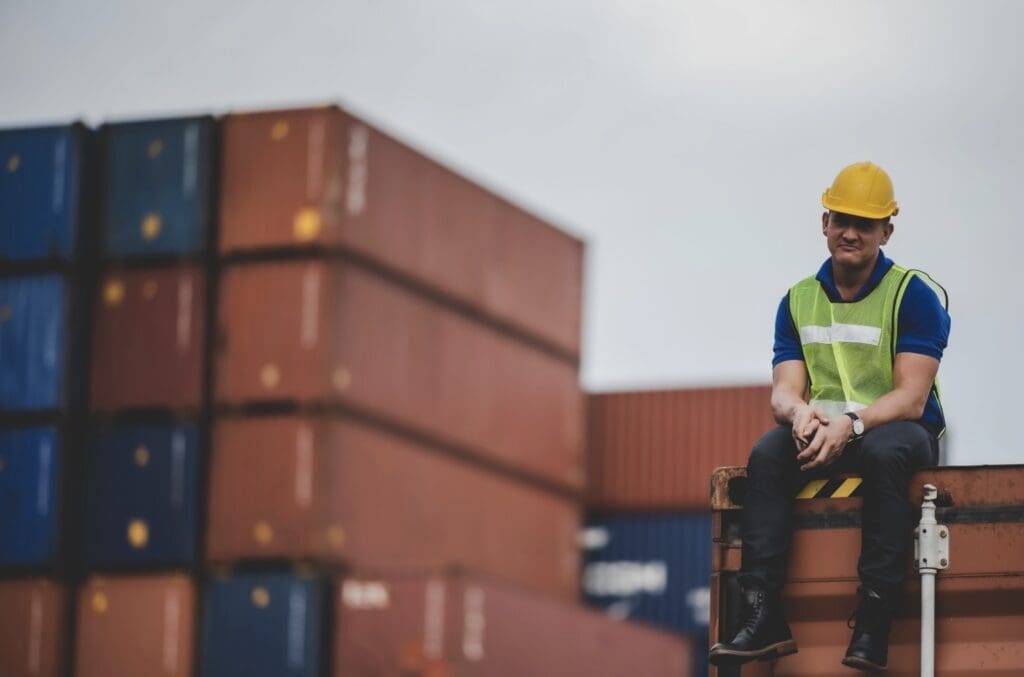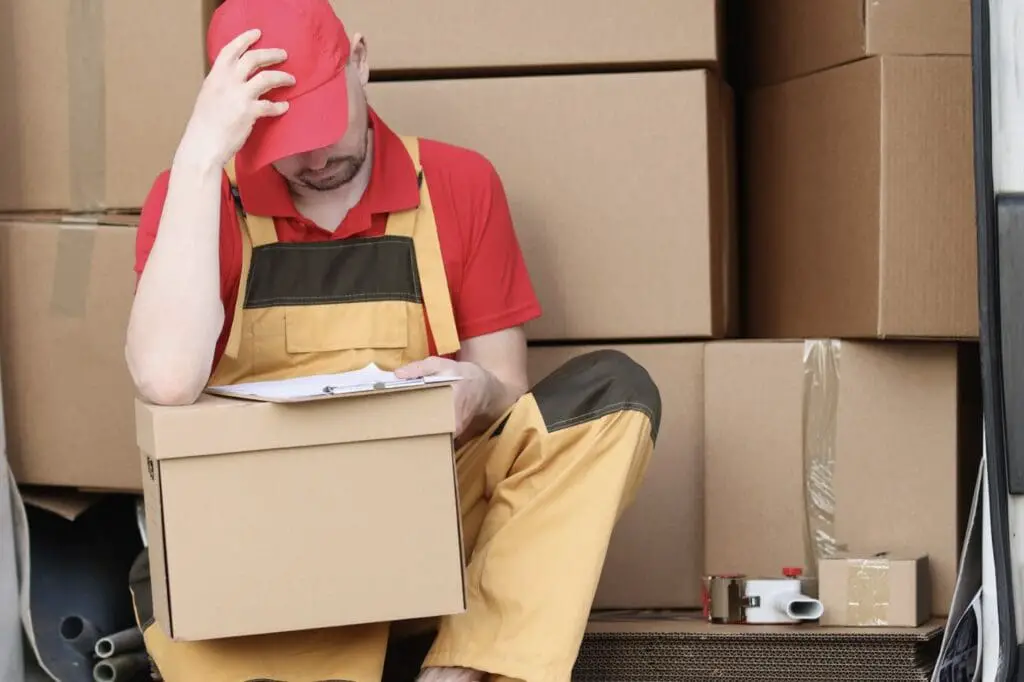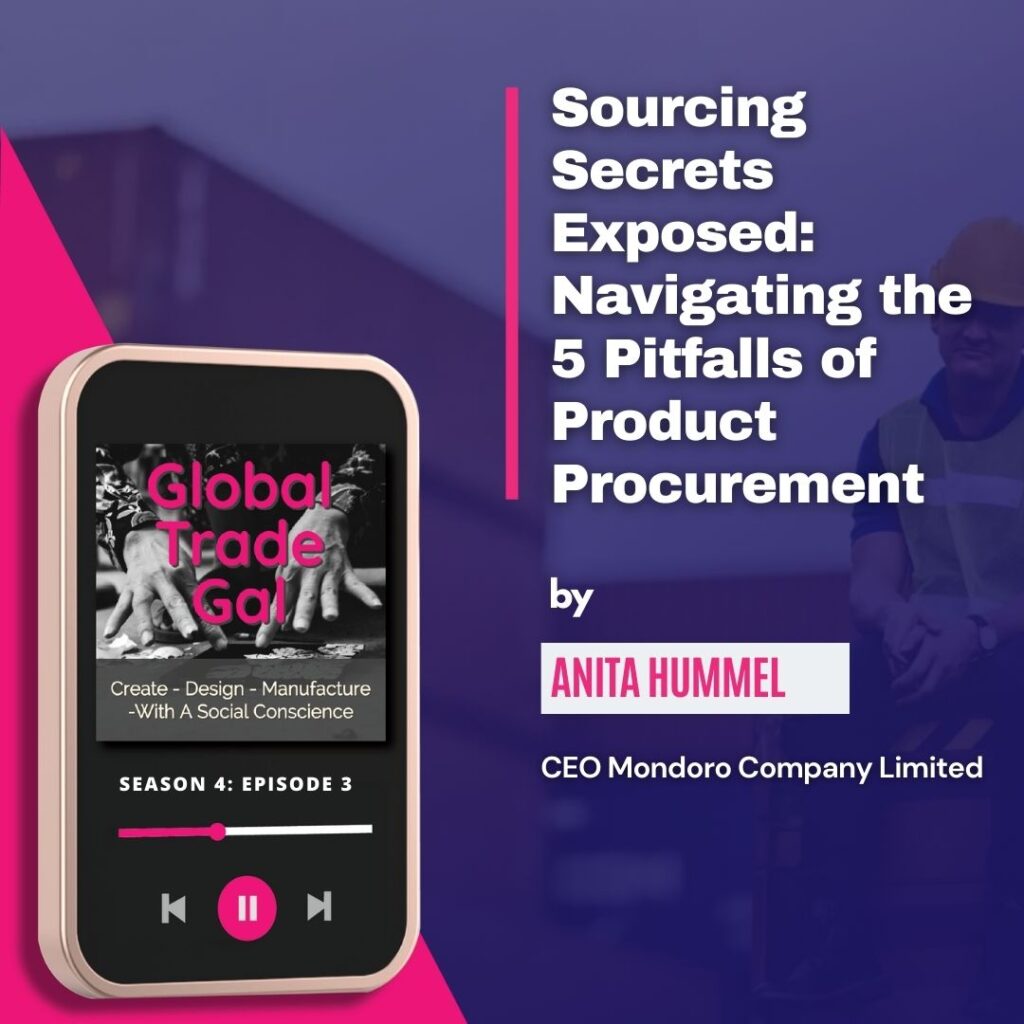Sourcing new suppliers and products is a challenging task. Mondoro has a wealth of experience in procuring various products from different countries over the years. Along this journey, we’ve gained valuable insights through costly and intricate lessons.
We have listed 5 most common product sourcing or procurement errors which include 1) if it looks too good to be true, it probably is, 2) a supplier is trying to reel us in with a catch-and-bait kind of pricing scheme, 3) not understanding what the vendor can manufacture, 4) the vendors expecting more orders and quantities than you can give them and 5) not properly vetting the vendor and who they are are and are capable of manufacturing.
Table of Contents
- 5 Frequently Encountered Mistakes in Product Sourcing and Procurement From Overseas
- If It Looks Too Good To Be True, It Probably Is.
- Catch and Bait Pricing
- Not Properly Vetting the Vendor
- Order Quantities Disparity
- Not Fully Understanding Vendor Capabilities.
- Listen To Our Podcast About Sourcing Secrets Exposed: Navigating the 5 Pitfalls of Product Procurement Below or By clicking here.
- Frequently Asked Questions
- Related Content
5 Frequently Encountered Mistakes in Product Sourcing and Procurement From Overseas
Sourcing new suppliers and products can be a challenging endeavor. At Mondoro, we have accumulated a wealth of experience over the years, engaging with suppliers from various countries. Along this journey, we’ve encountered a series of valuable, albeit costly, lessons in product sourcing.

Among the most prevalent procurement mistakes, we’ve identified five key pitfalls:
If It Looks Too Good To Be True, It Probably Is.
Many manufacturers, especially those manufacturing furniture and home décor products, may have beautiful photos on their websites. Many will take a photo that is either a stock photo or someone else’s photo and pass it off as their production. If the photos are so beautiful, so well set up, and of such high quality that it looks too good to be true – it probably is.
We have also had vendors give us catalogs and other marketing materials, and unknown to us, the vendor had used someone else’s photos or pulled photos from the internet. I know it can be hard to have a lot of samples in-house.
It is costly, but if they tell you they can produce solid wood furniture but have never done any solid wood production, there is a huge problem.
The only way you can really know if they can do what you need them to do is to visit them. If you live in the United States, making these trips can be very costly. That is why, especially in our industry, having a partner as a reliable agent on the ground that you can trust is essential. You can see so much on a factory floor that you will never see in a catalog or just by photos alone.
Catch and Bait Pricing
Many suppliers will post prices so cheaply to get your attention. The costs many times are way below even the actual material costs. This is a catch-and-bait scheme where they want you to contact them because of the low price, though they never intend to produce at that price.
I see this a lot on Alibaba, where suppliers say that a large lacquer bowl is about 1 USD. Sometimes even my clients will look at that and think our price is too high as on Alibaba; someone is posting the price as 1 USD. But there is no way they can sell the bowl for that price. It is way below the cost of the materials.
This kind of pricing is a kind of catch-and-bait scheme. They hope that you will contact them, and then they will turn around and give you the actual price. I honestly find this kind of game a complete waste of my time.
This is also why you must know about the price of an item or what it should be for an item. Then you do not waste your time with these kinds of catch-and-bait game players whose only thought is how they can get you to contact them.
Not Properly Vetting the Vendor
Before we work with a new vendor, we will always go to see them. This may not be possible for many of you as this takes a lot of time and money, so if you cannot do this yourself, get yourself a reliable agent or partner on the ground to help you.
Going to see someone and their production or other abilities is very important. You can always see a lot on the factory floor or in the showrooms that you would never see by email or online.
Also, relationships are significant in Asia, so take the time to see someone face to face and get to know them. When you need help, they will be more likely to help you.

Order Quantities Disparity
One of the most significant sourcing errors is that many people try to work with huge factories, and they talk them into minimal quantity orders. They often do this on the promise that larger orders are “just around the corner.”
These vendors will figure this out very quickly and often refuse to do the order or will do the order but push production back so far that goods are always late, or they will ask for large price increases. Long term, this is not a good sourcing situation.
Years ago, when I was in the shoe business, I had a customer who would go into the factory and tell the factory that he would place an order for 100,000 pairs of this shoe. He would bargain hard on the price for the 100,000 pairs price.
When the actual order came, the order was only 10,000 pairs or even less. The vendors were, of course, not happy, and the next time he came around, they did not have time for him. This kind of game does not build any trust with the supplier and hurts the relationship, usually to the point that the supplier will refuse to work with you again.
As Tom Peter, the author of the book Seach for Excellence, defined the formula for success:
“Formula for success: under promise and over deliver.
Tom Peters
Not Fully Understanding Vendor Capabilities.
To work well with any vendor, you must fully understand their capabilities. In our design-driven industry, we need to push vendors to do something unique that no one else has. It is always a very fine line between success and failure.

Not every vendor can or wants to do this kind of production to fully understand your vendor’s capabilities to have a perfect fit between quality and production.
This is also another reason why having a reliable partner or agent can make all the difference between success and failure in product sourcing. Many feel well why do I want a middleman?
Well, if that middleman or woman is doing their job, then they are the ones that are helping you to be able to produce the quality and level of products that you need at the designs you need them.
Many think that sourcing products is effortless. All you need to do is go online and then find a supplier. But the truth is much different than that. Finding a really good vendor or supplier, especially in Asia, can be very difficult. It also takes time, money, hard work, and effort.
Listen To Our Podcast About Sourcing Secrets Exposed: Navigating the 5 Pitfalls of Product Procurement
Below or By clicking here.

Frequently Asked Questions
What are the risks in procurement and product sourcing?
Procuring and sourcing products, especially those from overseas, entails numerous risks. Among these, concerns about product quality, fraud, costs, and delivery issues are prominent. However, with a reliable partner or agent, it’s possible to effectively mitigate these risks.
What is the procurement or product sourcing process?
Procurement or product sourcing is the act of acquiring goods or services from an external provider. This process involves locating or identifying the desired product, negotiating a price, and establishing delivery terms. Subsequently, the external supplier will produce or provide the goods and services as per the agreed-upon schedule and location.
What is product sourcing?
Product sourcing refers to the process of finding and obtaining goods or services from suppliers located in foreign countries.
Why source products overseas?
Sourcing products overseas can often lead to cost savings, access to unique products, and potential quality advantages.
What are common challenges in overseas sourcing?
Challenges include language barriers, cultural differences, longer lead times, shipping costs, and potential quality control issues. if you are looking to source Home Decor Products in Asia, Mondoro can help you.
What factors should I consider when negotiating with overseas suppliers?
Price, payment terms, quality standards, lead times, and shipping arrangements are crucial negotiation factors.
What are Incoterms, and why are they important in international sourcing?
Incoterms are standardized trade terms that define the responsibilities of buyers and sellers in international transactions, clarifying shipping and delivery terms.
How can I manage shipping and logistics efficiently when sourcing overseas?
Work with experienced freight forwarders or logistics companies, and plan shipments well in advance to avoid delays.
Find out more about how Mondoro can help you create, develop, and manufacture excellent home decor and furniture products – don’t hesitate to contact me, Anita. Check out my email by clicking here or become a part of our community and join our newsletter by clicking here.
Mondoro gives out a FREE Lookbook to anyone interested. You can receive a copy of our latest Lookbook by clicking here.
Listen to our Podcast called Global Trade Gal. You can find it on all major podcast platforms. Try out listening to one of our podcasts by clicking here.
Subscribe to our Mondoro Company Limited YouTube Channel with great videos and information by clicking here.
Related Content
Don’t Confuse Activity With Productivity & Other Myths
Being busy or having a lot of activities and things to do is not the same thing as productivity. Productivity is when you do those activities and things that help you focus on the company’s growth. Busyness or being busy is not the same thing as being productive.
You can discover more by reading Don’t Confuse Activity With Productivity & Other Myths by clicking here.
What Is Quietly Quitting? 8 Reasons Why It Is a Bad Idea
Quietly quitting is when workers decide to do no more than what is required. They decide that they will do the bare minimum. Quietly quitting started in China and was known as “lying down.” We do not believe “quietly quitting” is a good idea since it hurts the employee or the employer – both get hurt by this behavior.
You can discover more by reading What Is Quietly Quitting? 8 Reasons Why It Is a Bad Idea by clicking here.
8 Reasons Productivity Makes You Happy
There are many ways that productivity can help to make you happy. Studies have shown that some of the most productive people are also the most content. Productive people accomplish things, learn new things, achieve goals, and do the other things in life that help ensure they are effective and happy. The good news is that productivity can help to make you happy.
By clicking here, you can discover more by reading 8 Reasons Productivity Makes You Happy.


